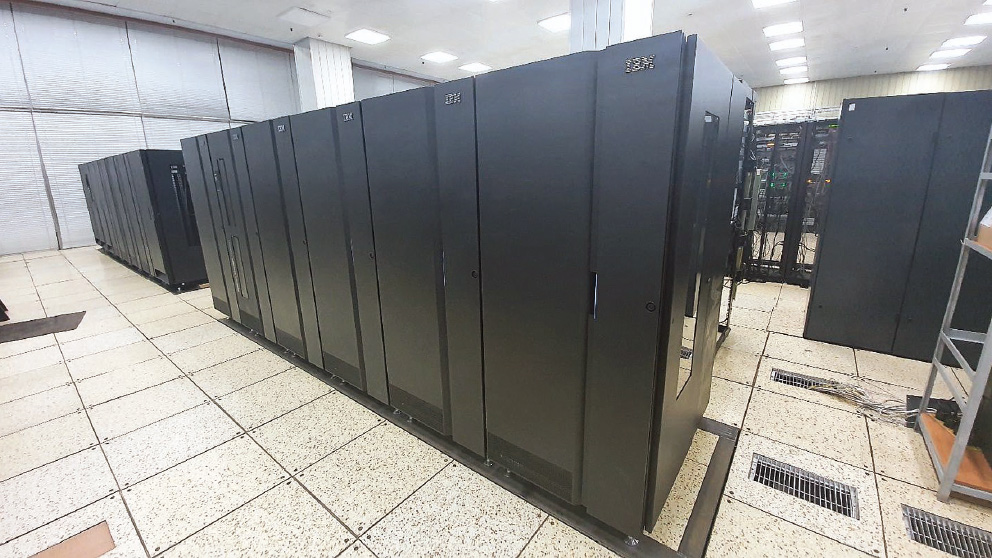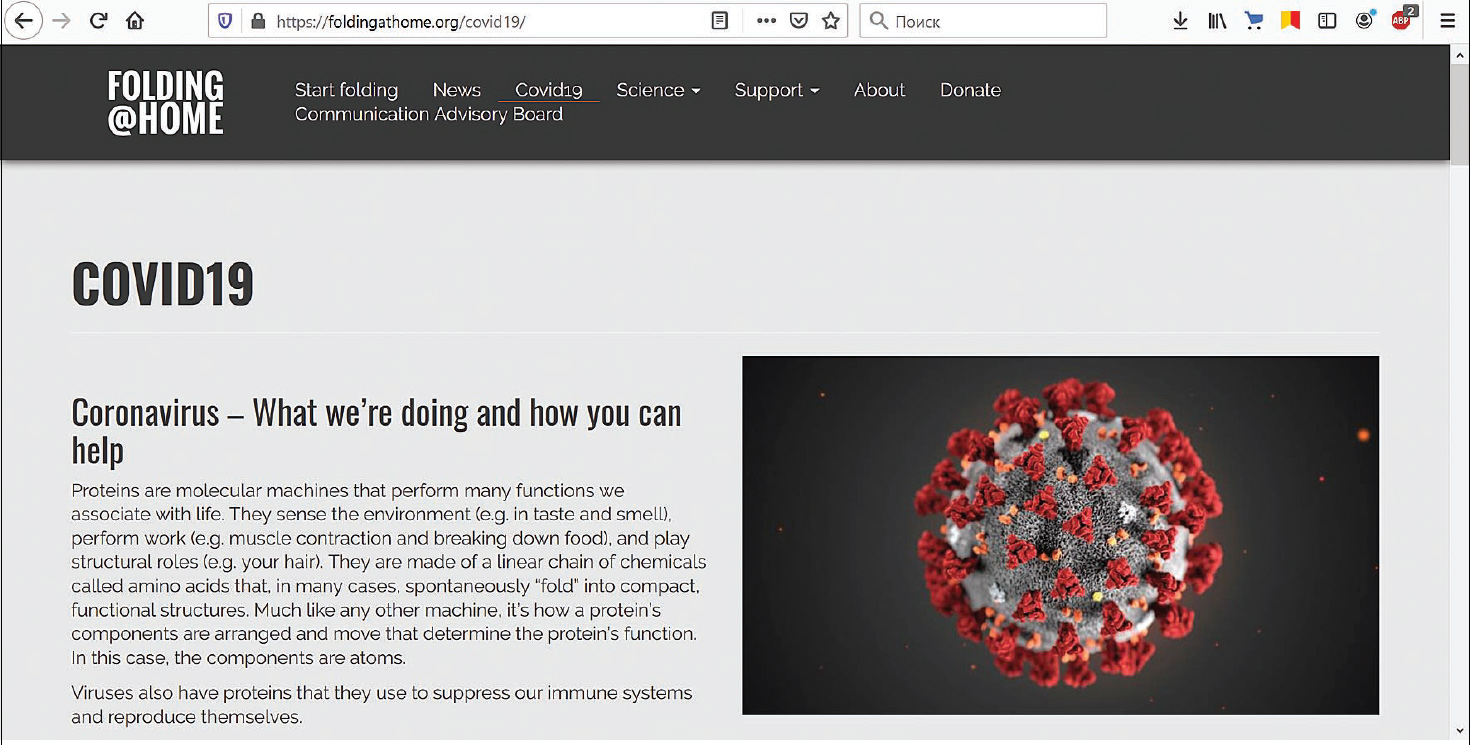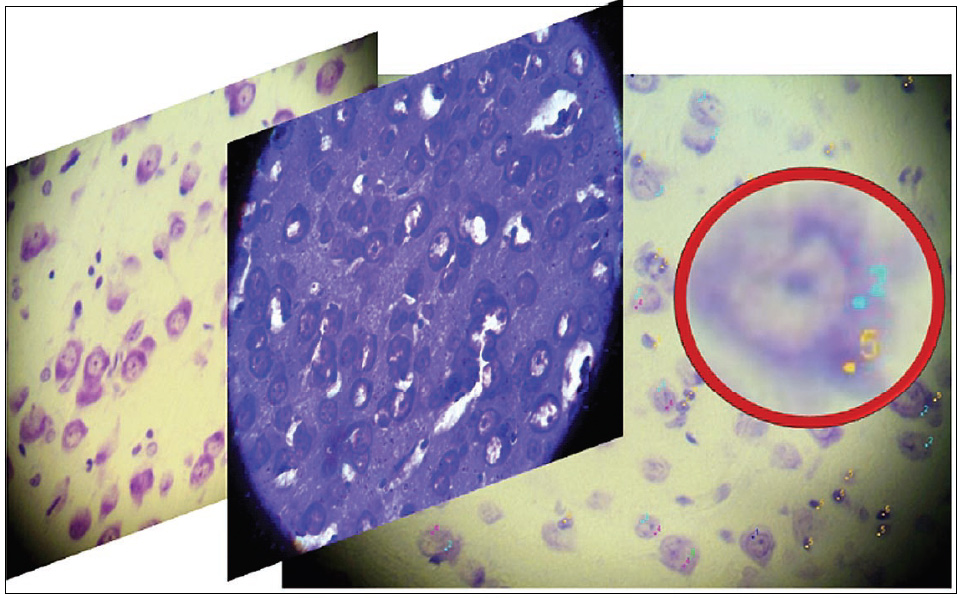COVID-19 chronicle and comments: Laboratory of Information Technologies
News, 06 May 2020
The continuity of operation of the networking and IT infrastructure of JINR and all the elements of the Multifunctional Information and Computing Complex (MICC) is considered by the Laboratory of Information Technologies JINR as the most important task. Grid clusters, cloud infrastructure and high-performance platform HybriLIT, which includes the supercomputer “Govorun”, have been always configured for 24/7 operation. MICC provides resources for various tasks solved in the frames of numerous projects JINR takes an active part in.
Users always use MICC remotely, however, it is impossible to fully organize the remote work regime for the engineering and technical services due to the specifics of their work. Remote work is not something exotic or new to system administrators. We have always worked like that as far as it is necessary to provide a 24/7 mode without organizing the round-the-clock shifts of programmers. The ratios have changed. In later days, three-quarters of operations were carried out from the workplace. Now, three-quarters of them are vice versa performed from home. The monitoring system helps us with this task. It covers all the aspects of the MICC operation and ensures its safe and continual operation. The monitoring system controls all kinds of MICC equipment. Under certain critical conditions, the operator alert system is triggered by mail or SMS. Remote control means allows operators to quickly analyze errors and take measures to correct them. For this reason, on-duty electricians, refrigeration specialists and operators continued their work in LIT. As JINR shifts to the remote working regime, MICC continues functioning to the full extent.

In April, trial operation and commissioning of a new belt robot TS4500 with a total volume of 40 PB were completed. Installation of the software was partly conducted from workplaces and partly from home. Moreover, solutions were first tested on the polygon but not at the existing equipment. The pilot operation took place mainly in remote mode. Thus, now the long-term data storage system consists of TS3500 and TS4500. It is aimed at the maintenance of the NICA and CMS experiments on a parity basis.
It is known that distributed computing is crucial to the data processing and storage of the experiments’ data at the Large Hadron Collider (LHC). The WLCG (Worldwide LHC Computing Grid) project brings together more than 170 resource centres in 42 countries. Nowadays, experiments included in this project provide computing resources for scientific programmes to tackle COVID, in particular, in the frames of the Folding@Home (F@H, FAH, https://foldingathome.org/) project that uses distributed computing for computer modelling of protein folding. In March 2020, the project joined research of the 2019-nCoV coronavirus. According to the recommendation of the CERN target group “Fighting COVID”, in order to simplify the provision of free resources of the WLCG project and to centralize the load distribution, the LHC experiments took efforts to integrate their systems of workload management with the F@H application. That is why this activity is completely transparent for websites and does not require any additional actions from their part. Thus, Tier1 and Tier2 grid clusters of JINR, which support the experiments at LHC, also take part in this process in a single team “CERN&LHC Computing”.

The network service works particularly hard. It is responsible now for continuous operation of video-conferences, seminars and simply remote work of the JINR staff from home. Regular support was provided to employees working remotely to set up remote access (VPN connections). The VPN connection was switched from the quota traffic to an unlimited one. Quotas on @jinr.ru mailboxes were increased, etc.
Heterogeneous computing platform HybriLIT consisting of the education-testing polygon and the supercomputer “Govorun” has always provided users with the opportunity to employ computing resources and services in remote mode. During the period of the remote working regime of users, the load of all the elements of the supercomputer “Govorun” has not changed and is still close to 100 per cent.
BLTP employees are actively conducting their computing carrying out lattice-QCD (quantum chromodynamics) calculations, in particular, they continue studying the properties of strongly correlated systems using the lattice modelling.
In addition to calculations made for theoretical research, resources of the supercomputer “Govorun” are actively used for generating and reconstructing experiments of the NICA mega-science project. Nowadays, not only the CPU-component of the supercomputer “Govorun” is used for generating and reconstructing events of the MPD experiment. The hierarchical hyper-converged system of data processing and storage with software-defined architecture is used. It is implemented on the basis of Intel SSD solid-state disks with NVMe interface controlled by the Lustre file system. Thus, the speed of data processing is significantly increased. To control the processes of event generation and reconstruction, as well as to manage data, the DIRAC middleware is used. It provides an opportunity to use “cold” storage under the control of the EOS geographically distributed file system. In its turn, it allows connecting the data processing and storage system implemented at the supercomputer “Govorun” with geographically distributed storages, the so-called Data Lakes.
Moreover, processing of the experimental data of the BM@N facility has been carried out using opportunities of the supercomputer “Govorun”. It included the conversion of raw data, reconstruction and physical analysis, as well as generation and processing of modelled data of the experiment.
The use of the hyper-converged architecture of the supercomputer allowed organizing the service of the centralized database of the BM@N facility used for getting and recording information necessary for modelling and processing of the experiment’s data. This service is designed for convenient management of data stored in the database, particularly for viewing, changing and visualization of information about runs of the BM@N experiment, for work with detectors’ geometry, parameters of the experiment, as well as information about modelled files. In addition, the service provides summary information about experimental and modelled data.
In total, taking into account theoretical calculations in the frames of quantum chromodynamics at the lattice, generation and reconstruction of data for all the experiments of the NICA accelerator complex, more than 85 per cent of the resources of the supercomputer was used for the implementation of this mega-project.
Results obtained by the MPD and BM@N collaborations with the use of “Govorun” resources and services deployed at the HybriLIT platform were presented remotely at the past collaboration meetings.
Active development of software and services for joint LIT-BLTP projects is underway on the HybriLIT basis. In particular, the virtual research environment for modelling physical processes in hybrid nanostructures consisting of superconductors and magnets. Software and services are also being developed for the joint LIT-LRB project aimed to create an information system (IS) for analysis of behavioural and pathomorphological changes in the central nervous system when studying the impact of ionizing radiation and other factors on biological objects.
The IS being developed on the basis of machine and deep learning methods as well as the neural network approach will provide storing of and access to experimental data in a form convenient for complex statistical analysis.
The use of neural networks and machine learning algorithms for the IS being developed will allow solving complicated tasks of medical diagnostics and non-trivial tasks of pathomorphologists studying histologic specimen and decreasing time and energy consumption, eliminating the human factor.
The results of work in the frames of the joint LIT-LRB project were reported on by young employees of the laboratories D. M. Marov, A. I. Anikina, A. S. Bulatov, I. A. Kolesnikova at XXVII Scientific Conference of students, postgraduates and young specialists that took place remotely in the State University “Dubna” from 14 to 27 April. Moreover, the reports by D. M. Marov, A. I. Anikina became the winners in the subsection “Distributed computing and big data analytics”.
It is particularly important to ensure the continuity of the educational process for students and postgraduates of the State University “Dubna” in times of remote working regime. The education-testing polygon of the HybriLIT platform is actively used nowadays to provide remote courses and practical training in parallel programming technologies to students of the International IT School “Big Data Analytics”.

On 13 April, a scientific paper by an international scientific group was published in Nature Physics. A LIT staff member O. Chuluunbaatar and a BLTP employee Yu. V. Popov were members of the group in the frames of JINR international cooperation. The group conducted a kinematically complete experimental measurement of characteristics of Compton scattering at free atoms using the highly efficient method of COLD Target Recoil Ion Momentum Spectroscopy (COLTRIMS). The group also provided a relevant theoretical description of it. Experimentalists from the Goethe University (Frankfurt am Main, Germany) targeted a strong photon beam of the Petra III synchrotron (DESY, Hamburg) through the helium supersonic flow.
The COLTRIMS method allowed measuring not only the scattered electron momentum but also the momentum of helium recoil-ion for separate scattering processes. Taking into account the law of pulse energy conservation, it gave an opportunity to fully restore the kinematic properties of the scattering process. Moreover, the use of the method solved the problem of a very low cross-section of the Compton ionization in the photon energy diapason of several KeV that is about 6 times lower than the typical cross-section of the photoabsorption. All this opens opportunities for the use of Compton scattering as yet another instrument of atomic spectroscopy along with such powerful methods of study of atoms and molecules as (e, 2e), (ion, ion e) and others. Theoretical description of this phenomenon is based on the calculations carried out at the supercomputer “Govorun”.
Following information by LIT